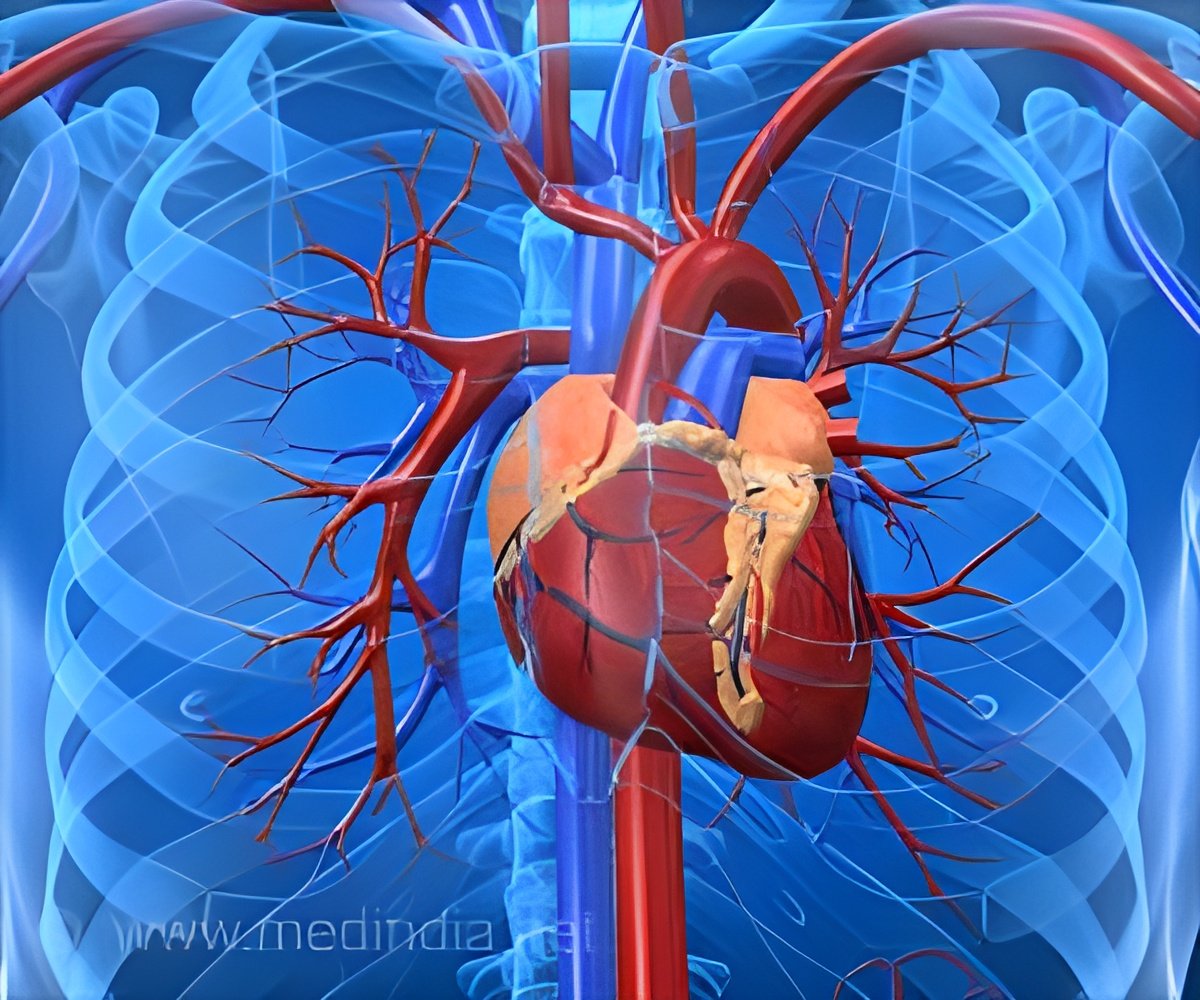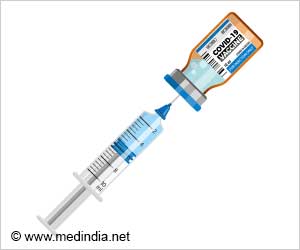Scientists of the Lewis Katz School of Medicine at Temple University (LKSOM) identified a drug that is capable of reversing heart failure with preserved ejection fraction (HFpEF).

TOP INSIGHT
HDAC inhibitor called SAHA reduces the hypertrophy of the left ventricle, holding promise as an effective treatment option for patients with common type of heart failure.
Read More..
"We know from previous research that heart cells from patients with HFpEF have abnormalities in the genes that are being activated as well as in the function of the proteins that they encode," Dr. Houser said.
"The alterations in gene expression and protein activity in these cells involve a group of enzymes known as histone deacetylases (HDACs). Drugs that block HDAC activity have already been developed for other diseases, including cancer."
At the suggestion of collaborator Timothy A. McKinsey, PhD, LaConte Chair in Cardiovascular Research, Professor of Medicine, Associate Cardiology Division Head for Translational Research, and Director of the Consortium for Fibrosis Research & Translation (CFReT) at the University of Colorado Anschutz Medical Campus, the Houser and McKinsey teams decided to investigate the effects of an HDAC inhibitor known as SAHA on animals with HFpEF. SAHA, marketed under the name Zolinza, is currently approved for the treatment of a form of cancer known as cutaneous T-cell lymphoma.
The Houser and McKinsey teams tested SAHA in an HFpEF model in which animals progressively developed typical signs of disease, including loss of exercise tolerance and shortness of breath.
Following treatment with SAHA, HFpEF animals showed amazing improvements. In particular, hypertrophy of the left ventricle was significantly reduced in treated compared to untreated animals. The left ventricle was also much more relaxed in treated animals, enabling the heart to fill and pump more effectively and leading to overall improvements in heart structure and function.
The Houser and McKinsey teams now plan to investigate what specifically makes heart cells in HFpEF abnormal. "The cells are still alive but are working abnormally. If we can figure out why, we may be able to find a more targeted approached to develop entirely new treatments for HFpEF," Dr. Houser said.
Source-Eurekalert
 MEDINDIA
MEDINDIA

 Email
Email










